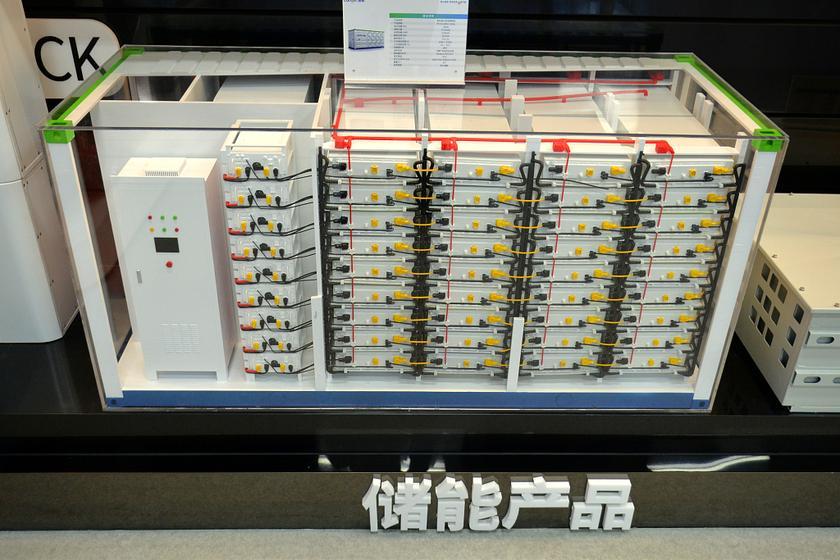
Lithium-ion batteries, as a cornerstone of modern energy technology, are widely used in consumer electronics, new energy vehicles, energy storage systems, and many other industries due to their high energy density, long cycle life, and reliable safety performance. This article provides a professional yet accessible overview of the key performance metrics, testing methods, and safety mechanisms of lithium-ion batteries, offering readers a deeper understanding of their technical advantages and future development.
Amid the trends of smartification and electrification, lithium-ion batteries have become a central power source. Whether in smartphones, laptops, electric vehicles, or home energy storage systems, their performance directly affects device endurance, safety, and user experience. Their development has not only transformed energy usage but also accelerated the transition toward green and low-carbon technologies.
- Electromotive Force (EMF): The Energy Source
EMF represents the maximum theoretical voltage under ideal conditions, determined by the redox reactions of electrode materials. In practice, due to irreversible energy conversion processes, the actual EMF is lower than the theoretical value—similar to water flow encountering resistance.
- Internal Resistance: The Hidden Barrier to Efficiency
Internal resistance includes ohmic and polarization resistance. The former depends on materials and structure, while the latter stems from reaction rates and ion migration. Lower internal resistance enables faster charging and higher discharge voltage; higher resistance leads to noticeable performance degradation. AC impedance is commonly used for precise internal resistance measurement.
- Voltage Characteristics and Rate Capability
Open-Circuit Voltage: Voltage when no current flows, often used to assess battery state.
Working Voltage: Voltage during discharge, lower than open-circuit voltage due to internal resistance.
C-rate: Indicates charge/discharge speed. High C-rates allow faster energy release but may affect lifespan and safety.
- Capacity and Specific Capacity
Capacity reflects the total electric energy a battery can store, including theoretical, rated, and actual capacity. Specific capacity refers to capacity per unit mass or volume, facilitating performance comparison across battery types. For Li-ion batteries, cathode capacity is often the limiting factor.
- Energy and Specific Energy
Energy (Wh) represents the total electrical energy output, while specific energy measures energy density per unit weight or volume—a key metric for EVs and portable devices.
- Power and Specific Power
Power indicates the energy release rate per unit time; specific power reflects instantaneous burst capability, crucial for EV acceleration and high-power devices.
- Cycle Life
The number of charge-discharge cycles before capacity drops to a specified threshold. It directly impacts usage cost and durability, especially for EVs and energy storage systems where long life reduces lifecycle expense.
- Self-Discharge and Storage Performance
Low self-discharge rates help maintain capacity after prolonged storage, essential for energy storage and backup power. The ratio between recoverable and irreversible capacity is also an important storage performance indicator.
- Electrochemical Safety: Overcharge and Short Circuit Protection
Overcharge testing evaluates safety under abnormal charging conditions—requirements include no fire or explosion. Short-circuit testing simulates accidental conductive contact, examining the battery’s ability to suppress high current flow.
- Mechanical Safety: Vibration and Penetration Resistance
Nail penetration tests simulate sharp object piercing; vibration tests validate stability during transportation and operation under complex conditions.
- Thermal Safety: High-Temperature Endurance
High-temperature testing examines battery behavior under extreme heat. Batteries must remain structurally stable at 130°C without thermal runaway.
- Environmental Adaptability: Low-Pressure Testing
For high-altitude or aerospace applications, low-pressure testing checks sealing integrity and stability in thin-air environments.
With advancements in new materials and manufacturing processes, lithium-ion batteries are moving toward higher energy density, faster charging, longer lifespan, and improved safety.
- New Energy Vehicles: Achieving energy densities exceeding 300 Wh/kg will significantly alleviate range anxiety.
- Large-Scale Energy Storage: Long-life batteries will support the grid integration of renewable energy.
- Cutting-Edge Applications: In aerospace and deep-sea exploration, lightweight and highly reliable batteries will enable new possibilities.
Lithium-ion batteries are not only the “heart” of modern energy systems but also a key driver of green technology advancement. As technology continues to evolve, their applications will expand further, providing solid support for clean energy and a low-carbon society.
Next:Sungrow Introduces PowerTitan 3.0: Redefining Utility-Scale Energy Storage for the MEA Region
Previous:CALB Powers Benchmark Commercial EV Models, Leading the Industry’s Electric Transformation